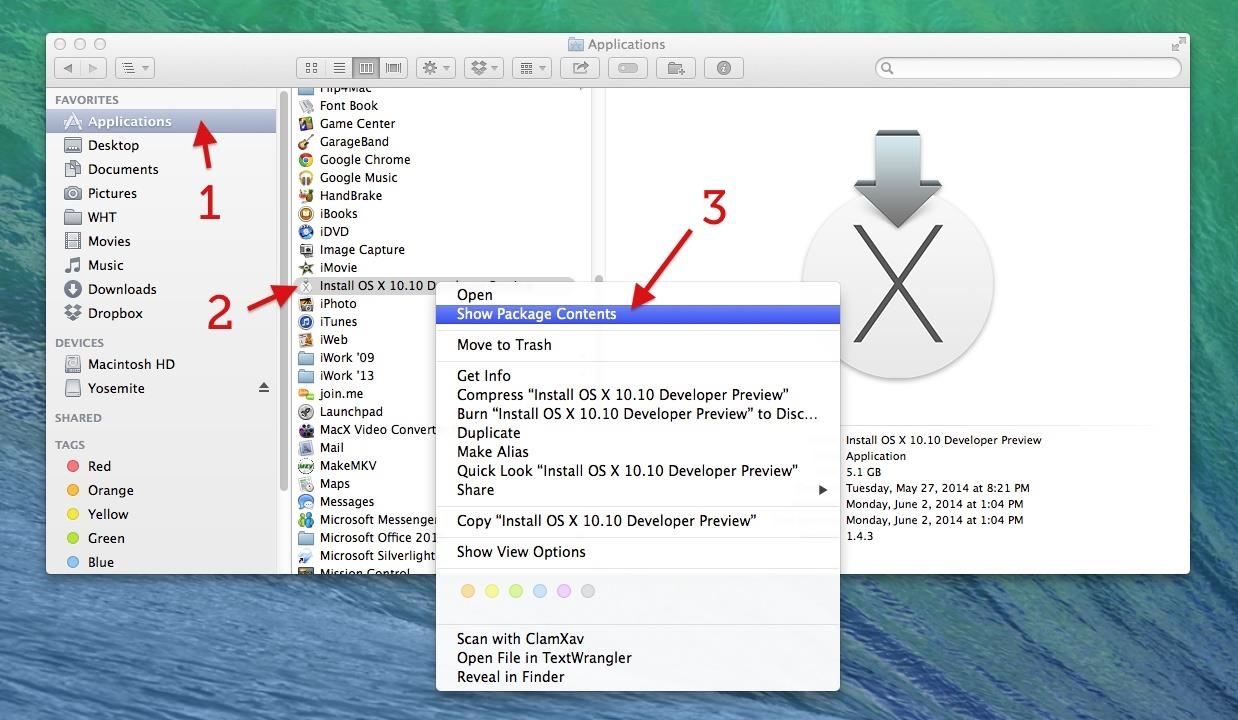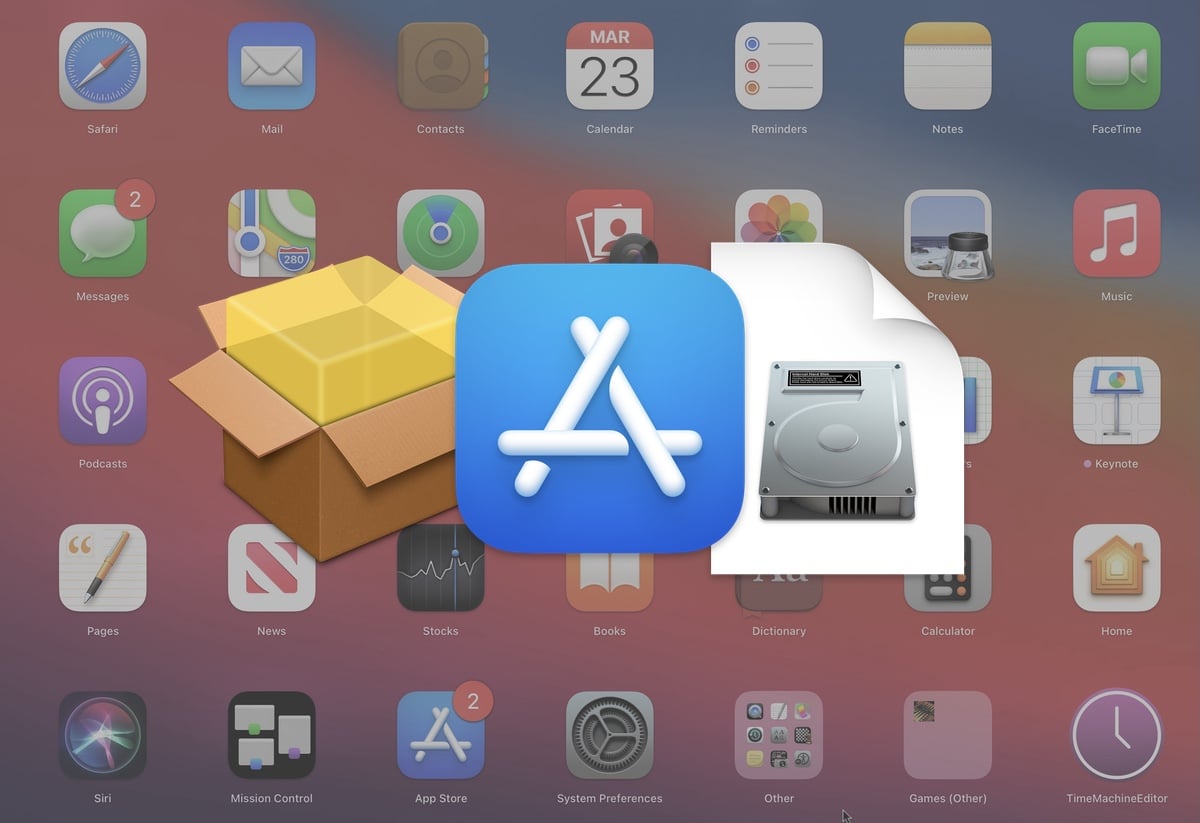

- RUN DMG FILE ON MAC FOR MAC OS
- RUN DMG FILE ON MAC MAC OS X
- RUN DMG FILE ON MAC SOFTWARE LICENSE
- RUN DMG FILE ON MAC INSTALL
- RUN DMG FILE ON MAC SOFTWARE
RUN DMG FILE ON MAC FOR MAC OS
Universal Disk Image Format (UDIF) is the native disk image format for Mac OS X. smi extension are actually applications that mount an embedded disk image, thus a "Self Mounting Image", intended only for Mac OS 9 and earlier. New Disk Image Format (NDIF) was the previous default disk image format in Mac OS 9, and disk images with this format generally have a. A similar format that supported compression of floppy disk images is called DART. Disk images allow the distributor to control the Finder's presentation of the window, which is commonly used to instruct the user to copy the application to the correct folder.Ī previous version of the format, intended only for floppy disk images, is usually referred to as "Disk Copy 4.2" format, after the version of the Disk Copy utility that was used to handle these images.
RUN DMG FILE ON MAC SOFTWARE
Even as the use of resource forks declined with Mac OS X, disk images remained the standard software distribution format. Īn Apple Disk Image allows secure password protection as well as file compression, and hence serves both security and file distribution functions such a disk image is most commonly used to distribute software over the Internet.Īpple originally created its disk image formats because the resource fork used by Mac applications could not easily be transferred over mixed networks such as those that make up the Internet. The image will not be mounted unless the user indicates agreement with the license.
RUN DMG FILE ON MAC SOFTWARE LICENSE
The Disk Copy application had the ability to display a multilingual software license agreement before mounting a disk image.
RUN DMG FILE ON MAC MAC OS X
In Mac OS X v10.2.3, Apple introduced Compressed Disk Images and Internet-Enabled Disk Images for use with the Apple utility Disk Copy, which was later integrated into Disk Utility in 10.3. Disk image files may also be managed via the command line interface using the hdiutil utility. These utilities can also use Apple disk image files as images for burning CDs and DVDs. Īpple Disk Images can be created using utilities bundled with Mac OS X, specifically Disk Copy in Mac OS X v10.2 and earlier and Disk Utility in Mac OS X v10.3 and later. Some of the file systems supported include Hierarchical File System (HFS), HFS Plus, File Allocation Table (FAT), ISO9660 and Universal Disk Format (UDF). Now, move the macOS Big Sur DMG file to the user desktop for easy access:Īt this point you’ll have the MacOSBigSur.dmg disk image file on the current users desktop, and you can do with it what you want, whether that’s to import it into a VM, creating a boot utility, or whatever else you’re looking to do.Apple Disk Image files are published with a MIME type of application/x-apple-diskimage.ĭifferent file systems can be contained inside these disk images, and there is also support for creating hybrid optical media images that contain multiple file systems.

Unmount the newly created volume with the following command:.Sudo /Applications/Install\ macOS\ Big\ Sur.app/Contents/Resources/createinstallmedia -volume /Volumes/MacOSBigSur -nointeraction Next, use createinstallmedia utility to copy the installer files to the disk image DMG file you just created:.Hdiutil attach /tmp/MacOSBigSur.dmg -noverify -mountpoint /Volumes/MacOSBigSur Mount the disk image with the following command:.Hdiutil create -o /tmp/MacOSBigSur -size 16500m -volname MacOSBigSur -layout SPUD -fs HFS+J From the command line, create the disk image DMG file destination and temporary volume by issuing the following command:.When the download has finished, open the Terminal application.If you’re already on macOS Big Sur you can re-download the installer with these instructions) Get macOS Big Sur from the Mac App Store (you can download other macOS installers from here if needed.We’re focusing on macOS Big Sur but this approach works with other macOS releases too. We will walk through the process of getting a macOS Big Sur DMG file by building one from the downloaded installer media.

Nonetheless, if you’re wanting a macOS Big Sur DMG, here’s how you can get one.
RUN DMG FILE ON MAC INSTALL
For what it’s worth, if you’re looking to create boot media, it’s probably better to simply make a macOS Big Sur bootable install USB drive using the more traditional approach.


 0 kommentar(er)
0 kommentar(er)
